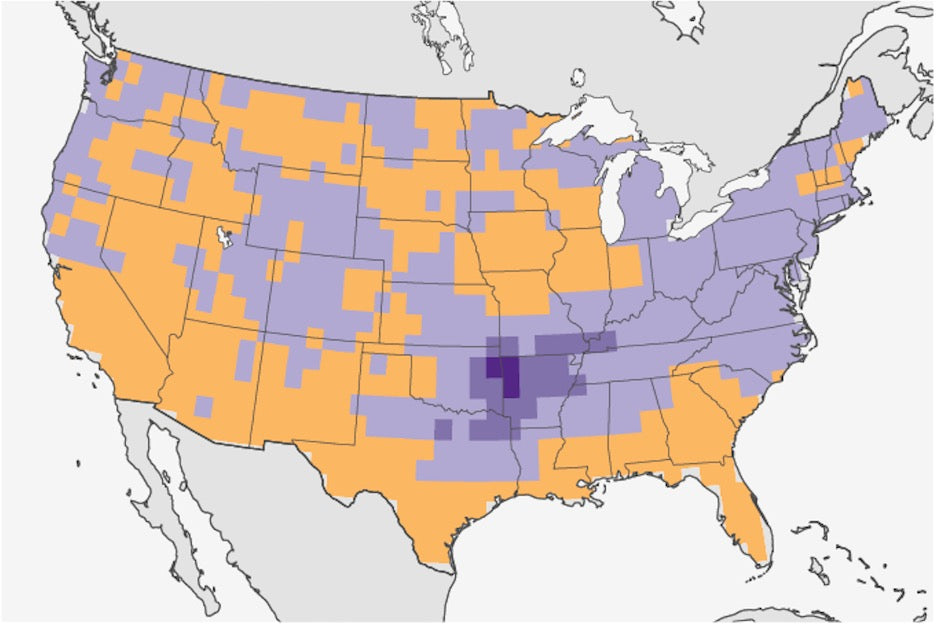La Niña and Tornadoes- Stay Alert with NOAA Weather Radios

Table of Contents
Tornado season is in full swing and preparation with the help of NOAA Weather Radios is key to navigating severe weather.
Midland's Meteorologist, Bruce Jones, takes a look at the forecast for tornado season and shares how families across the country can leverage NOAA Weather Radios for safety.
TORNADO SEASON
“Will this spring be an active tornado season?” It is a question often asked, but difficult to answer correctly. Certain weather patterns result in more tornadoes in the USA, and others result in fewer tornadoes. Here’s what we know:
There is definitely a tornado “season” from February through June, when warm, moist air is stirred up by high altitude jet stream winds. However, within any given season there are other factors: warmer-than-normal winters produce more tornadoes, but a warmer-than-normal spring or summer can mean fewer tornadoes.
PATTERNS IN TORNADOES
Are there global patterns that influence tornadoes? Yes, the El Niño/La Niña pattern of water temperatures and wind currents in the Pacific Ocean can have a profound effect on US tornado seasons.
Generally, the warmer El Niño waters reduce our tornadoes, while cooler La Niña patterns foster higher tornado counts. This map show areas in purple that may see more tornadoes during spring and summer 2024 if La Niña hits with full effect:

Photo courtesy: NOAA
Other similar La Niña maps show a higher tornado count for Wisconsin and Minnesota. In 2005 Wisconsin survived a record 62 twisters, as a La Niña developed throughout the storm months.
LOOKING AHEAD
Will 2024 be an active tornado season? Global weather patterns such as La Niña might say “yes”, while seasonal climate patterns like heatwaves and drought could put an equally downward push on the yearly twister total.
Time will tell.
The two greatest tornado outbreaks in US history, April 3-4, 1974 “Super Outbreak” and the April 25-28, 2011 “Dixie Alley” outbreak both occurred during strong La Niñas.

Field scoured to a depth of 2 feet by an EF5 tornado during the Dixie Alley tornado outbreak. April 27, 2011Photo courtesy: National Weather Service
PREPARING FOR THE WORST
Whatever the case, it’s always best to prepare for the worst.
Do you practice tornado drills at home? When you eat dinner do you ever discuss where to take shelter during a bad storm? Do your children know how to react and save themselves when a tornado warning is issued while parents are out of the house?
America has the worst weather on the planet and one of the best ways to help your family survive it is to get a Public Alert-certified weather radio like the Midland WR120.
Warnings save lives. Have a family safety plan, a designated safe area, and a NOAA Weather Radio to give you the earliest warning available. Set your family up to be survivors, not victims.
PREPARING WITH MIDLAND'S WR120 NOAA WEATHER RADIO
Because it meets Public Alert standards, the WR120 is a true life-saving device with battery back-up so it continues to operate even during power outages. When you’re fast asleep and your cell phone won’t awaken you, a Public Alert radio will, giving you ample time to take shelter.
These alerts come directly from the National Weather Service so they're the fastest, most accurate alerts you can get. This gives you the time needed to seek shelter when severe weather like tornadoes appears.
The WR120 NOAA Weather Radio notifies people to over 60 different types of weather hazards and emergencies.






